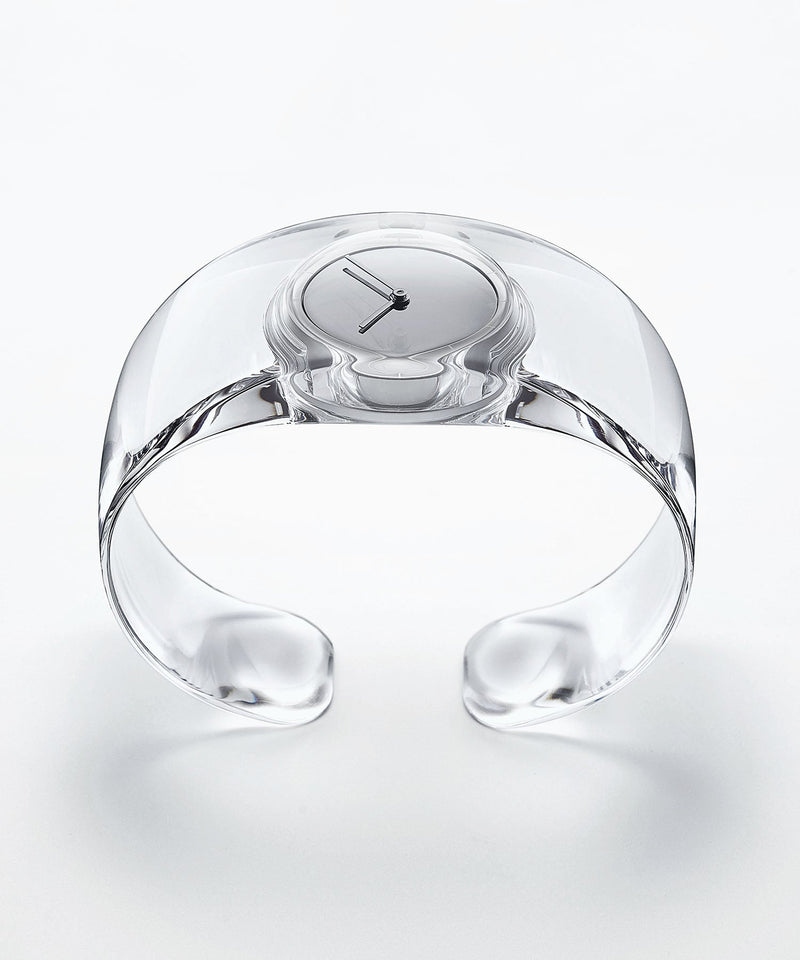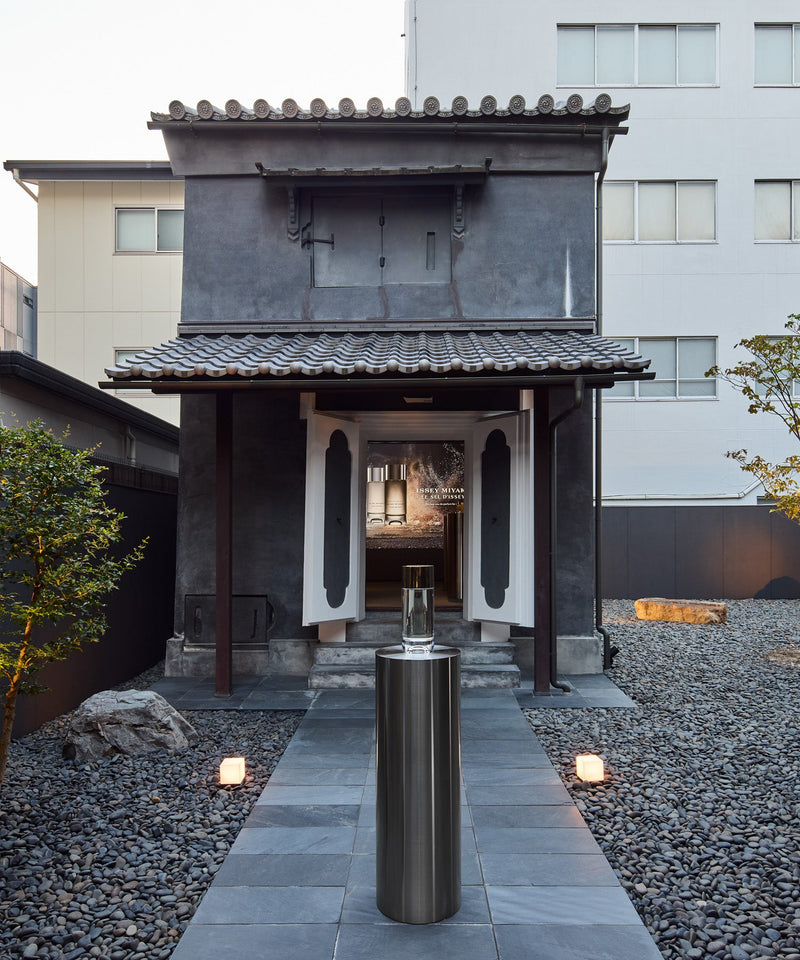TYPE-P
TYPE-P
Handwork, beauty, and joy come together perfectly in TYPE-P.
This is the fifth installment of a series of movies focusing on A-POC ABLE ISSEY MIYAKE’s “making things.” This time, TYPE-P is featured. The new pleating method called Baked Stretch, which was first unveiled in ISSEY MIYAKE’s spring summer 2016 collection, is recreated through A-POC ABLE. The characteristics of the fabric that expands with heat, similar to bread rising in an oven, beautifully inhabit a piece of cloth through the precise design of patterns and colors.
One of the core parts of the process of the fabric-making is the hand-printing dyeing technique called tenassen. Using a silkscreen mold and squeegee, a mix of glue and dye is swiftly and uniformly printed onto the fabric by hand. Since each color must be applied with a different screen, there is absolutely no room for misalignment. The artisans rhythmically and accurately apply color to the fabric like experienced dancers moving their feet to music. The skill of these artisans is a must-see in the movie.

The cloth, in which several colors are layered in this way, is already so beautiful that it is like a linear and graphical abstract painting that you would want to frame and display. However, if you cut it out with scissors and bake it, the expression will change completely. Due to the action of a special paste that expands with heat, the fabric instantly becomes three-dimensional. White pleats stand out, and the left and right sides of them are filled with bright colors. Indeed, it seems that the multicolored striped print also had the function of a blueprint that simultaneously expressed the shape of the pleats, the pattern of the clothes, and the beautiful pattern.


A-POC ABLE ISSEY MIYAKE’s manufacturing cherishes the handwork of artisans while TYPE-P proposes the new potential of pleats.
Text: SETA SHO

















